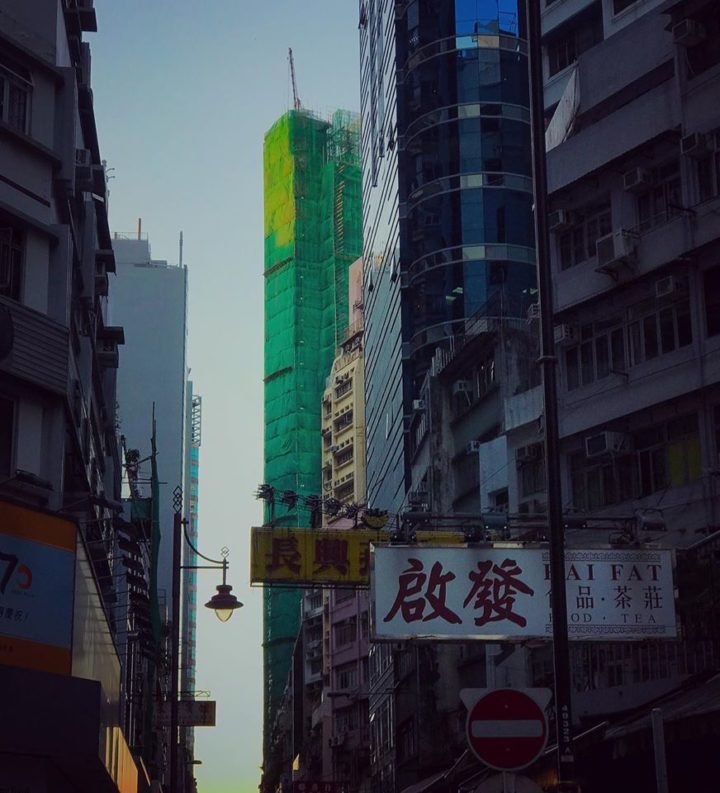We had the chance to interview Professor Zhang, who is working in Infection Department at the Health System in the city of Chongqing, China, in order to consult him, as an expert and part of the team helping Hubei Province, about the most important measures that were implemented in China to prevent the massive spread of infections and that other nations are currently not implementing correctly or are doing so in a very relaxed way.
Prof. Zhang: In my opinion, firstly, in the early stage of the outbreak, we implemented very strict restrictions. Cities were locked down. Inbound and outbound transportation were closed. Schools and public facilities were also closed. Spring Festival holiday were extended and people were asked to stay home. Strict social distancing reduced the spread of the virus. Second, medical staffs and equipment were rearranged as the shortage of medical resources in Hubei province. Third, we built makeshift hospitals in Wuhan as soon as possible and we also changed stadiums into mobile cabin hospitals, so that we could have more beds for patients to get medical care. The last one, with more comprehensive understanding of the epidemic characteristics and clinical manifestations of COVID-19, we notice that epidemiology history were getting more and more obscure and there were a group of people infected with SARS-CoV-2 tended to be asymptomatic and there’s possibility of false negative for nucleic acid test. So we modified our interim guidance several times to better guide our clinical practice, and we increased nucleic acid detection rate for people in high-risk areas to help distinguish the infected ones from the healthy to the utmost extent. For the confirmed cases, we sent them to different designated hospitals according to their disease severity. As for the suspected cases, they were asked to be quarantined in a designated hotel for 14 days. In conclusion, on the one hand, we took measures to restrict or slow down the spread of the virus, on the other hand, we made the best use of our countries medical resources to make sure the majority of patients get well treated.
Pressenza: Are the children only carriers of the virus or have they also become ill in China?
Prof. Zhang: Existing studies have shown that people of different age groups are all susceptible to this novel coronavirus (SARS-CoV-2). Children not only can be the carriers, but also can get ill if infected. Chinese Center for Disease Control and Prevention has identified 731 cases of COVID-19 under the age of eighteen years (including 21 sever cases), and 86 cases under the age of one year until February 8th, 2020. Chinese studies have also reported that less than 1% of confirmed COVID-19 patients are children under ten years old. As for disease severity, most of the cases in children with COVID-19 have been mild or atypical.
Pressenza: Why are the elderly the most vulnerable to the coronavirus?
Prof. Zhang: Study including 1099 laboratory-confirmed COVID-19 patients from 552 hospitals in mainland China showed that the average age of the severe cases was seven years older than the non-severe cases. Another study also found non-survivors were older than the survivors among the critically ill COVID-19 patients. These data both indicated that elderly people might have poorer prognosis. The exact mechanism why elderly people are most vulnerable to SARS-CoV-2 still requires further validation and investigation, but most experts think elderly people usually have incomplete immune system compared with young people and they are more inclined to have underlying diseases, such as heart disease, lung disease, diabetes or kidney disease, which may induce them to have more rapid disease progression and more vulnerable to become severe cases.
Pressenza: How long do you think it is necessary to implement social distancing measures, from the time the first case of infection occurs in one place?
Prof. Zhang: As for social distancing measures, from the experience of China, we think and the study shows that the sooner social distancing measures it implements, the better its effects it is for interdicting the spread of virus. The social distancing measures would buy more time for medical facilities and staffs to receive and cure infected patients and help retarding the spread for other places. But for the length of time, it is hard to accurately predict how long do we need to implement social distancing measures. It is a complex question which needs to combine work resumption and medical situation post-virus.
Pressenza: What is the lesson that we could incorporate from China in that sense?
Prof. Zhang: China amassed significant experience in COVID-19. One area that China has been very effective in has been implementing a differentiated, location-specific response to limiting transmission, so that public health measures are tailored to the differing realities on the ground. Measures in Wuhan, for example, were very different than those implemented in other places such as Shanghai or other cites. And the most important thing in this virus is that China sees every one’s health matter important that we could put the economy at risk but not the people. But we must know, this is an important lesson for everyone – one size does not fit all. We know the situation in each country is different. Responses must be tailored carefully to the local context.
Pressenza: How do you think this pandemic will end, and when can we consider it to be over internationally, as is the case with so many other diseases that, although they affect some people, do not reach mass proportions?
Prof. Zhang: We can not assure when this pandemic will end internationally since the study about this virus is sill in process and different regions and countries implement different measures. But it is essential for countries to work together to share experience and updates, to develop an agile and responsive approach, where each region and country’s guidance and advice can be quickly updated as understanding of the virus in the local context grows. Countries must learn from each other so that the world can develop the widest possible range of measures to fight this virus in different contexts.










